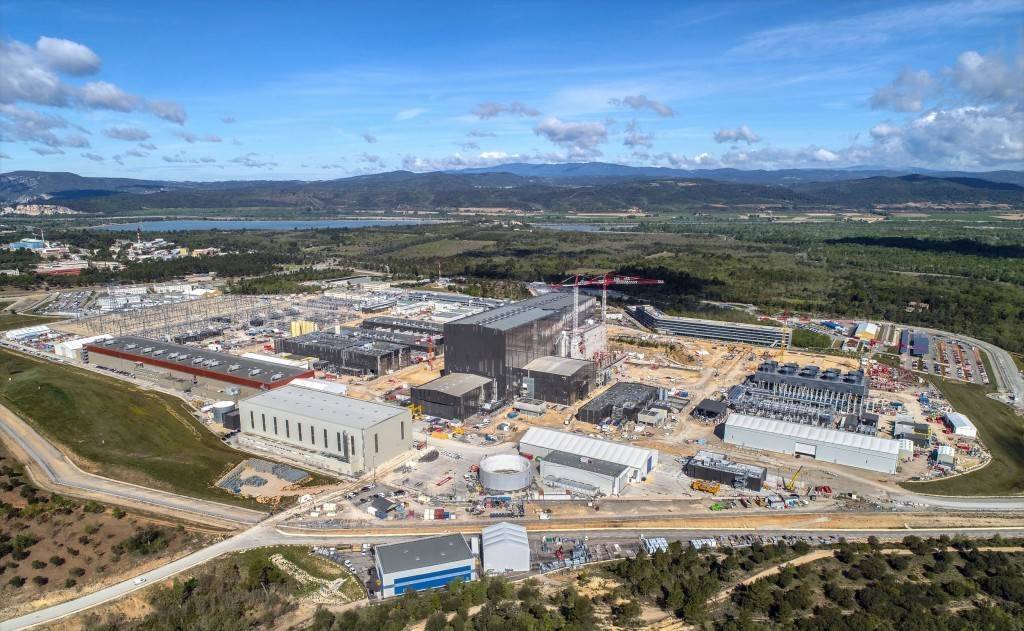The partnership will deliver a seamless experience and drive greater adoption and utilization of digital payments for NBS Bank’s customers…reports Asian Lite News
Mastercard and Network International today re-affirmed their shared commitment to drive the adoption of digital payments and support emerging markets’ transition to a cashless economy by announcing a strategic partnership with NBS Bank plc in Malawi. This will be the first implementation of an innovative digital payment’s platform launched by Mastercard and Network International last year.
NBS Bank will launch a Mastercard virtual (non-plastic, non-physical) payment solution that will enable its customers to make a wide range of e-commerce payments to merchants that accept Mastercard locally and internationally. For instance, virtual cardholders can pay for subscription streaming services, advertising on social media platforms, online shopping as well as travel and bills. It will also allow small business owners to purchase from international suppliers.
To pay for purchases using the virtual payment solution, NBS Bank customers will receive a 16-digit card number, security code, and expiry date, which they will use to complete an online purchase much like they would with a physical card. The payment solution also features multiple layers of security to ensure that the customer’s financial data is always secure and private.
Governments and NGOs across Africa are publicly supporting digital payments and less reliance on hard cash to secure the financial inclusion of more people. With the growth of the digital world, millions of people and businesses are gaining access to financial services and digital payments on their gadgets.
Kwanele Ngwenya, CEO, NBS Bank: “As a caring bank and in line with NBS Bank’s philosophy of ‘taking banking to the people’, we are excited to partner with Mastercard and Network International to offer our customers enhanced payment capabilities that will enable them to make a wide range of payments all from the devices in their pockets. This partnership will also help to accelerate financial inclusion and empower the most vulnerable in society.”
According to Gabriel Swanepoel, Country Manager for Mastercard, Southern Africa, people and business are increasingly turning to digital and remote payments, a shift that has been accelerated by the COVID-19 pandemic.
ALSO READ: Mastercard partners with Lulu Exchange
“Utilizing the innovative capabilities of both Mastercard and Network International, we can support NBS Bank in their digital transformation efforts so that they can provide an enhanced payment experience to their customers. This in turn will enable more people and businesses to benefit from a growing digital economy and world beyond cash,” says Swanepoel.
Mastercard and Network International have a long-standing partnership, including Mastercard’s strategic investment in Network International and a shared commitment to develop innovative payment solutions that will grow electronic transactions across the MEA region.
”Our partnership with Mastercard is focused on rapidly growing electronic payment usage across our region, and this agreement with NBS Bank is a major step towards meeting that goal,” added Chris Wood, Regional Managing Director, Processing- Southern Africa and PALOPS, Network International. “We look forward to working with NBS Bank to accelerate the move from cash to digital solutions.”



